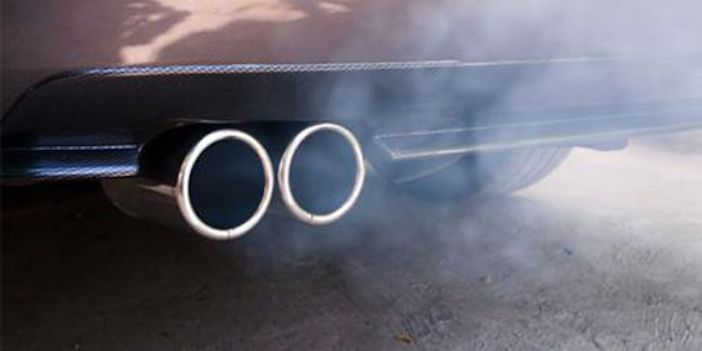The UK government has published a new supplement to its 2017 plan to improve air quality, which includes further moves to tackle roadside pollution across the country, including details of how 33 local authorities will now take action to reduce harmful nitrogen dioxide (NO₂) emissions.
While NO₂ levels have fallen significantly in recent decades, including a 27% drop since 2010, the ‘UK Plan for Tackling Roadside Nitrogen Dioxide Concentrations’ outlines how councils with the worst levels of air pollution at busy road junctions and hot-spots must take robust action. Earlier this year, ministerial directions were issued to 33 local authorities, requiring them to submit studies on the steps they can take to comply with roadside NO₂ limits in the shortest amount of time. The government published a supplement to this plan setting out work carried out with those 33 local authorities and the further action which will now be taken.
From that group, 10 local authorities will now take forward new measures, developed with and funded by central government, to reduce pollution levels. These are: Dudley, Leicester, Newcastle-under Lyme, Portsmouth, Reading, Wolverhampton, Sandwell, Solihull, Basingstoke and Deane, and South Gloucestershire. These 10 authorities will now take forward new measures to tackle air pollution, including:
• The retrofitting of approximately 400 buses with technology to reduce emissions;
• Traffic management measures such as adjustments to signaling to reduce congestion;
• Behavioral change campaigns to encourage individuals to take action and reduce their contribution to air pollution.
A further eight local authorities will now carry out a more detailed study outlining in detail how they will tackle the more persistent air quality problems they have identified. These studies will be presented to government by October 31 next year at the latest.
The local authorities include: Bolsover, Bradford, Portsmouth, Broxbourne, Newcastle-under-Lyme, Stoke-on-Trent, Leicester and Liverpool. Of those, Portsmouth, Leicester, and Newcastle-under-Lyme are being directed to carry out more detailed studies, but have also identified measures that can bring forward compliance quicker.
The 18 other local authorities are already operating within legal limits or have not found any measures to bring compliance sooner. These will be expected to maintain their work to reduce pollution levels and improve the quality of the air.
The government has also announced a £3m (US$3.9m) Air Quality Grant for 2018-19 that will provide support to local authorities across England to deliver projects to improve air quality. Applicants in previous years have been awarded funding to install electric vehicle charging points, improve cycling infrastructure and develop local online air quality resources.
“While air quality has improved significantly in recent years, we know urgent action is still required to tackle roadside air pollution in our towns and cities,” explained UK Environment Minister Thérèse Coffey. “This is why through our £3.5bn (US$4.6bn) national air quality plan, we are working with local authorities across the UK and I am pleased 10 local authorities will now implement new measures to drive down pollution.”





